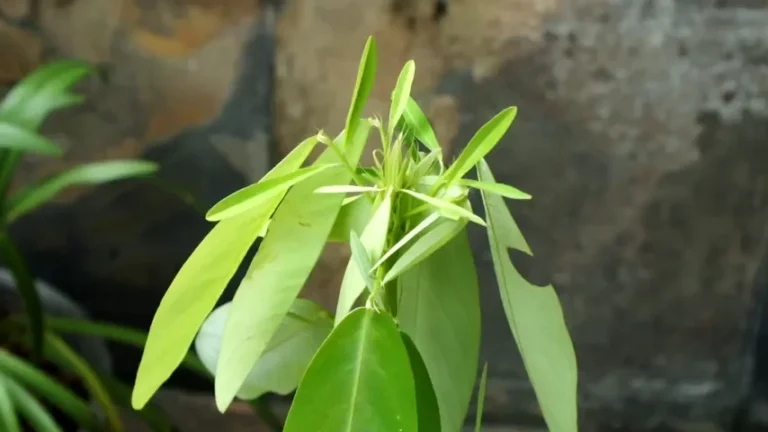A mountain-sized asteroid slammed into what is now Mexico’s Yucatán Peninsula 66 million years ago, ending the reign of non-avian dinosaurs in a geologic instant. The Chicxulub impact was so violent it vaporized rock, lofted a plume into space, and dusted the planet in metal-rich fallout. But did that killer rock splinter on the way in, peppering Earth with other big craters?
Decades of detective work point to a striking answer: not in any way we can see on the ground. What we do find, from France to the Pacific, is the ghost of a single, world-shaking strike—scattered as dust, glassy beads, and a razor-thin layer loaded with extraterrestrial metals.
What the rocks record: a global fingerprint
The most convincing evidence for a single catastrophic impact is a paper-thin horizon at the Cretaceous–Paleogene boundary known as the iridium anomaly. First documented in 1980 by Luis and Walter Alvarez and colleagues in Science, this layer contains iridium at concentrations roughly a hundred times normal for Earth’s crust. Iridium is common in meteorites and rare at the surface, making the layer a planetary calling card for a bolide impact.
The layer is global. It turns up in boundary sediments from North America to Europe and beyond, often alongside shocked quartz and tiny glass spherules formed when vaporized rock condensed and rained back down. In 2021, a Science Advances study led by Steven Goderis reported the iridium signature preserved inside the Chicxulub structure itself, clinching the link between the crater and the worldwide chemical spike.
Did the asteroid break up before impact?
Large stony bodies entering Earth’s atmosphere at ~20 kilometers per second do not behave like the small meteors that shatter high above our heads. For something on the order of 10 kilometers across—the size generally inferred for the Chicxulub impactor—atmospheric drag and heating are brief preludes. Even if peripheral pieces spall off at the last instant, they arrive seconds later in the same general footprint.
That physics matches what the geologic record shows. There is no chain of large, same-age craters that would mark a breakup and multi-site strike. Nor is there evidence along the boundary of widely separated macro-impacts. Instead, scientists find the products of a single, enormous explosion: globally distributed ejecta, spherules containing iron-rich spinel minerals, and a rain of dust that settled out of the high-altitude plume over weeks to months.
Clues, curiosities, and what they mean
Some findings have fueled debate about how the debris spread. A 1993 Nature paper by Elisabeth Robin and colleagues described spinel-bearing particles in Pacific boundary sediments and argued they might represent ablation debris from a smaller, separate impact in the ocean. That interpretation sparked interest because it could help explain certain particle morphologies far from Yucatán.
Subsequent work, however, showed that many of those iron-rich spinels can be generated as high-temperature condensates from the Chicxulub vapor plume itself and transported globally by atmospheric circulation. Frank Kyte and collaborators documented boundary deposits across the Pacific, and in 1998 Kyte reported a 2.5-millimeter fossil meteorite embedded in North Pacific boundary clay—interpreted as a rare surviving chip of the Chicxulub projectile. Together, these observations reinforce a picture where most of the body vaporized on impact, with only tiny fragments traveling great distances.
The upshot: if fragments did break off, they were small. They do not register as independent craters on par with Chicxulub. Instead, they show up as micrometeorites, spherules, and chemical tracers embedded in that wafer-thin boundary horizon.
What about other craters near the same time?
Over the years, researchers have proposed other structures of roughly K–Pg age. A few, like Ukraine’s Boltysh crater, have ages close to—but not identical with—the boundary. Others, such as the speculative “Shiva” structure in the Indian Ocean, have not gained broad acceptance.
More recently, geophysicists identified a candidate crater dubbed Nadir on the West African margin that could be near the 66-million-year mark; its age and origin remain under active study. Even if confirmed, such craters would represent separate, later or earlier impacts—not siblings shed by the Chicxulub asteroid during atmospheric entry. Earth’s impact history includes clusters and coincidences, but nothing yet indicates a Chicxulub breakup that produced multiple large craters in one day.
Dispelling a once-popular origin story
For a time, a dramatic narrative held that the Chicxulub impactor came from the Baptistina asteroid family—debris from a main-belt breakup that allegedly sent a shard our way. In 2011, NASA’s WISE mission revised the timing of that breakup, making the link unlikely given how long it typically takes fragments to drift into Earth-crossing orbits.
“As a result of the WISE science team’s investigation, the demise of the dinosaurs remains in the cold case files,” said Lindley Johnson of NASA’s Near-Earth Object Observations Program.
The quote underscores the broader scientific posture: without a firm dynamical trail, Chicxulub’s perpetrator is best identified by its geochemical fingerprint and the crater it left behind, not by an asteroid family tree.
How the biggest blast spread its mark
So how did iridium end up in France—and nearly everywhere else—if there was only one crater? The energy released at Chicxulub excavated and vaporized target rocks and the incoming body, injecting a plume of material above the atmosphere. As that plume cooled, droplets and mineral grains condensed, forming spherules and spinel-rich particles that fell out over vast distances. Finer dust remained aloft longer, circling the globe and settling into a thin, metal-rich layer.
Closer to ground zero, ballistic ejecta rained down in minutes to hours. Farther afield, a fiery hail of sand-sized glass and a sun-dimming dust veil arrived on timescales of days to months. In that context, an iridium spike in European boundary clays is expected from a single, colossal impact. It does not require a second strike.
What we know—and what we still hunt
Most lines of evidence converge on a simple conclusion: Chicxulub was a unitary cataclysm. The asteroid did not fragment into multiple big, crater-making strikes; instead, it vaporized and sprayed its chemical signature around the planet. The occasional pebble-sized survivor—like the tiny fossil meteorite in the North Pacific—only highlights how completely the rest of the projectile was consumed.
Open questions remain compelling. Researchers continue to refine the impact angle and speed, map ejecta pathways, and probe candidate craters of similar age to test whether Earth endured a brief pulse of impacts around the boundary. Each drill core and seismic image adds a pixel to a still-sharpening picture.







